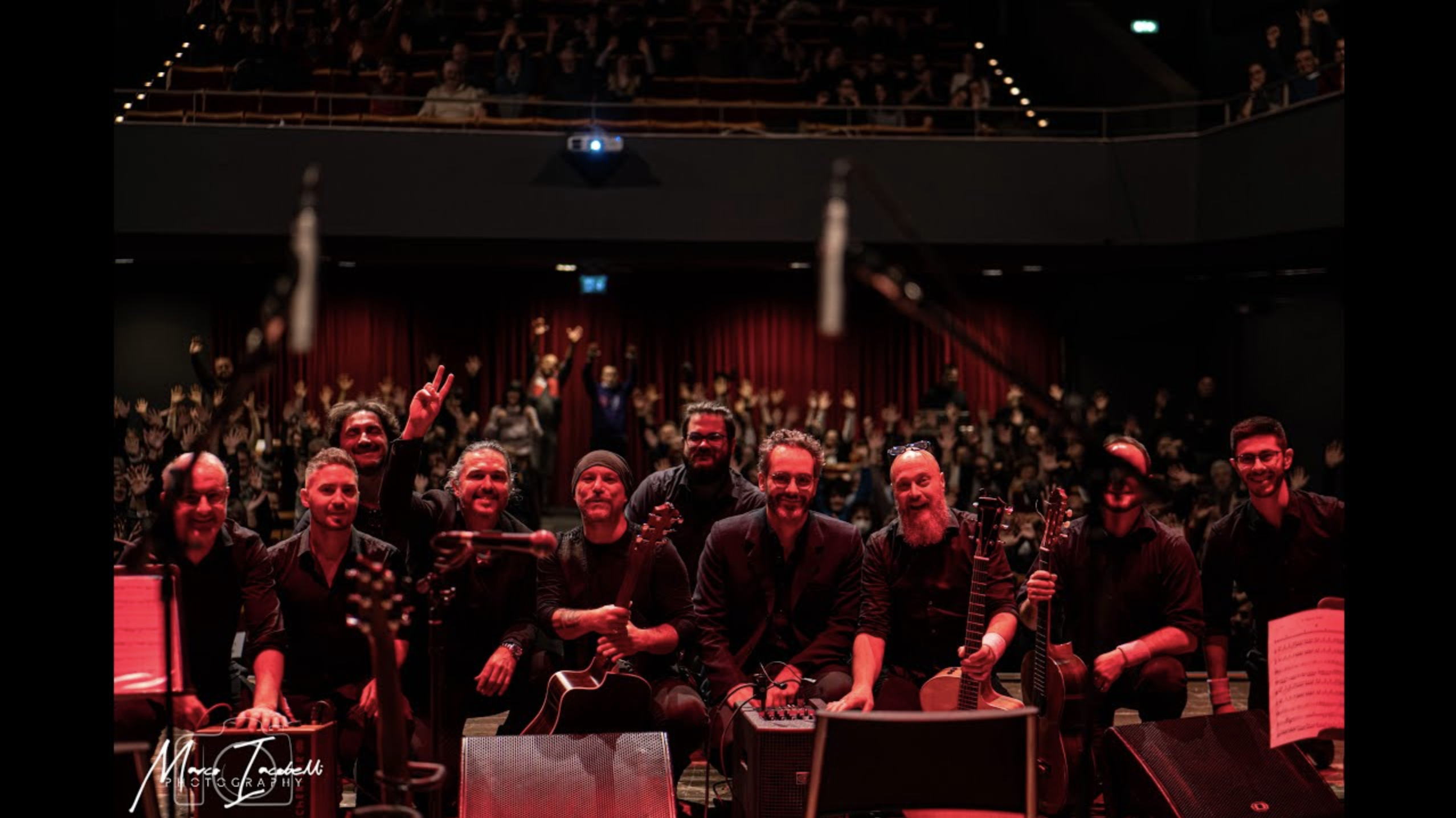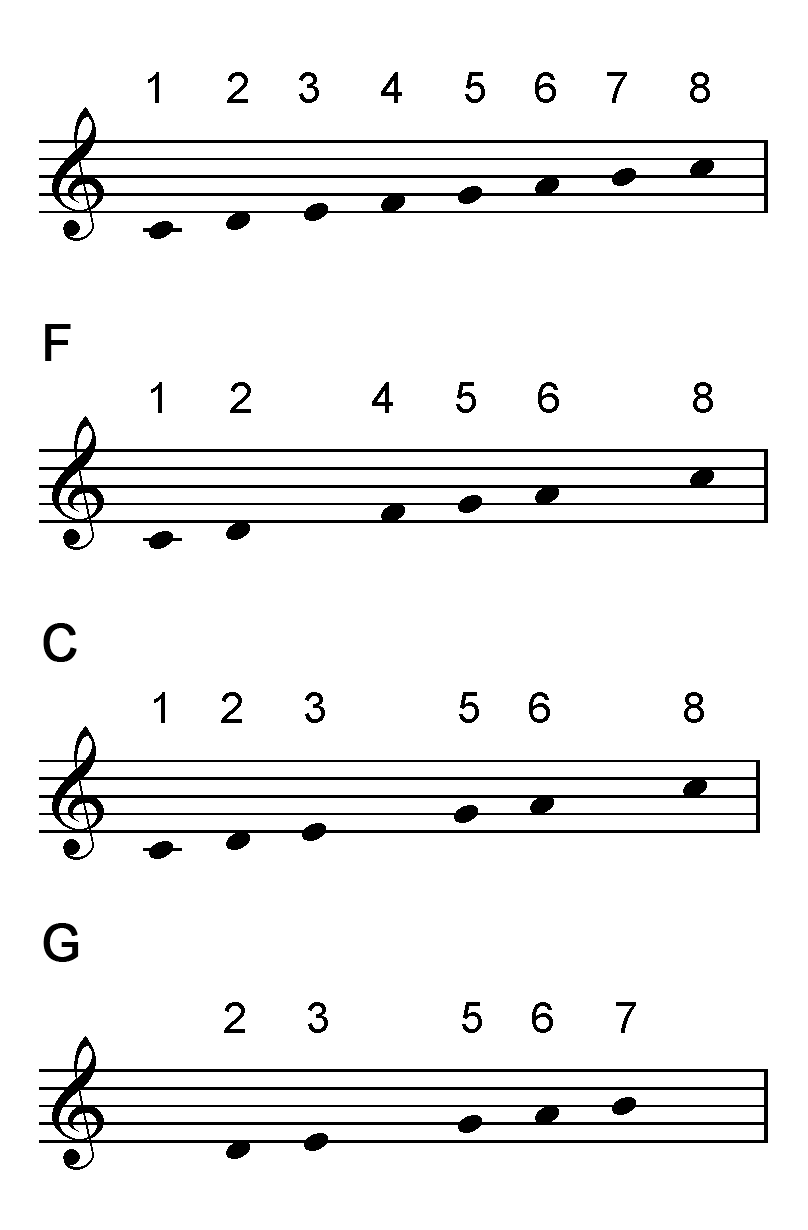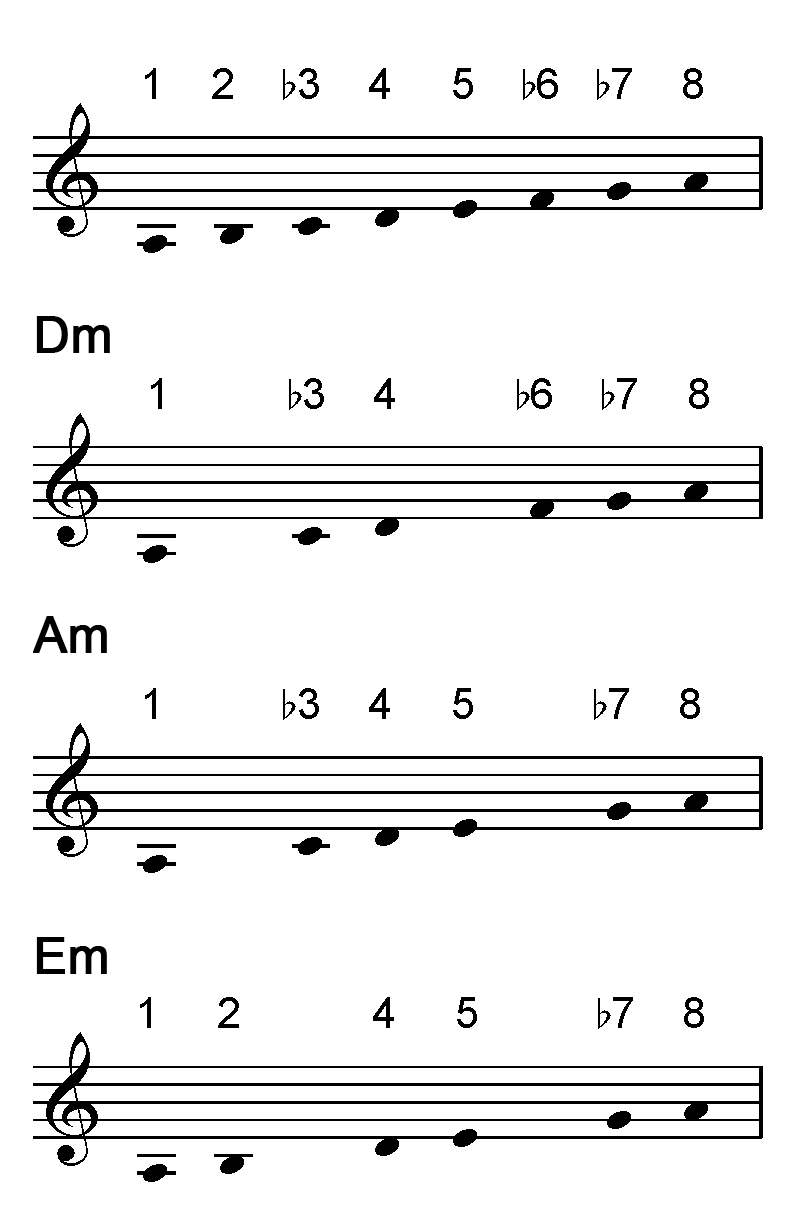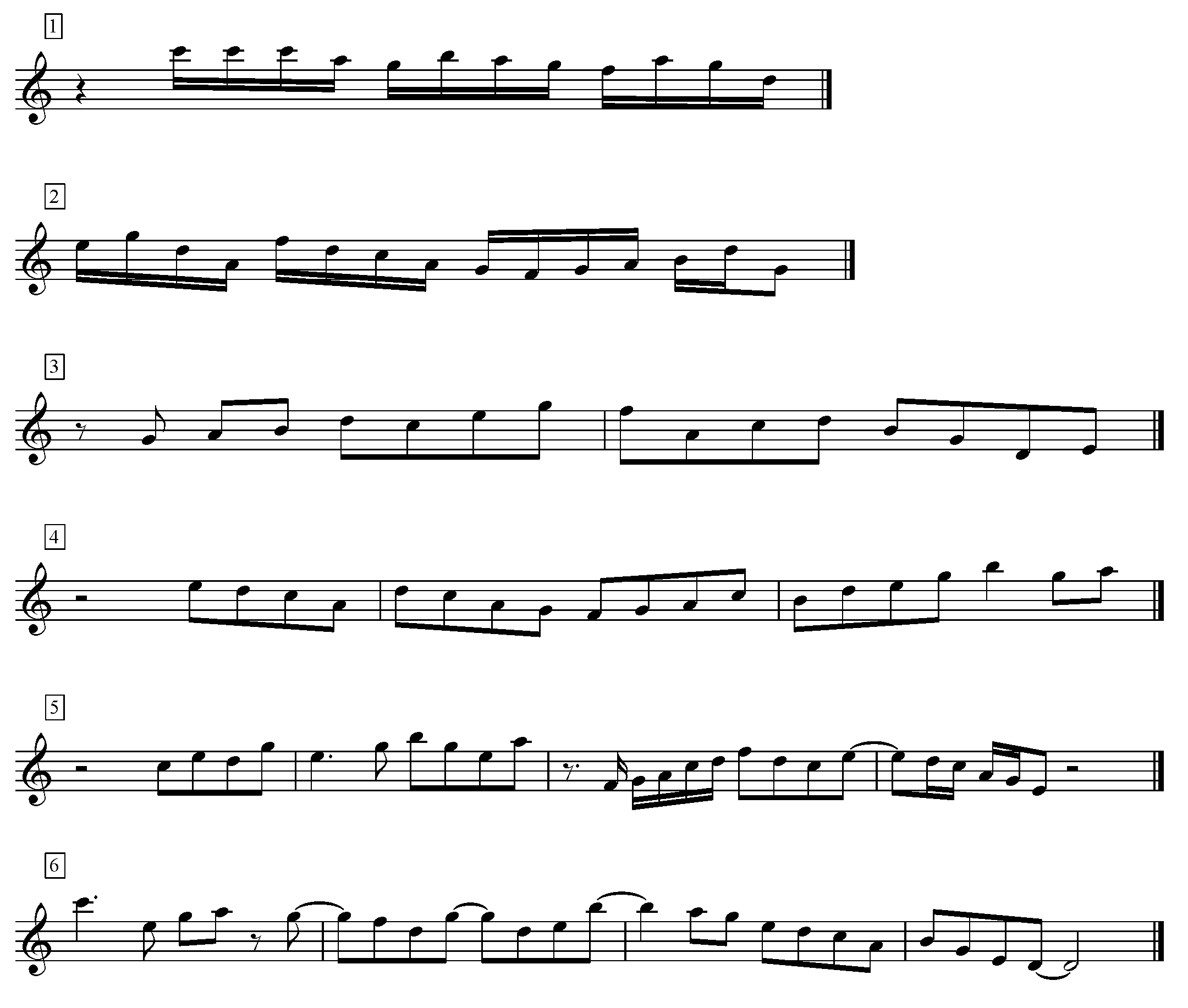THE LOCRIAN MODE
20 September 2022
Adamantis Guitar Orchestra. New Video Out
20 April 2023Creative Pentatonics
It’s Easy to Say “Scale”
When we play a melody or a chord progression (let’s say in E) we are basically taking the notes of the scale scale and re-organizing them in a new order with a precise rhythm (we don’t have to play the notes in scale order nor we must play them all).
We can think of the scale as a “box” containing all the notes we can use.
Inside of this big box (the E major scale) we can identify sono other sub-structures, such as triads, seventh arpeggios, the pentatonic scale, and so on. These are all made of notes from the Major scale and can be used to give our musical ideas a stronger organization.
Let’s take the pentatonic scale and see how we can use it to make our playing even more interesting.
Pentatonic/Pentatonics
The starting point is asking yourself: what pentatonic scales can be built using the seven notes of the same diatonic scale?
For example, what pentatonic scale or scales would you use over a C Major chord progression? I’m sure the first answer would be C Major pentatonic and its relative A minor.
Is that it?
What if I tell you that with the seven notes of C Major other pentatonic scales can be built?
In the following figure you see the C Major scale and the three major pentatonics starting from the I, IV and V degree (C, F and G).

Fig. 1
These scales start from the roots of the three major chords of the C Major scale.
Of course we can also play the relative minor pentatonic:
C – Am
F – Dm
G – Em
… and these start from the minor chords of the C Major scale (II, III and VI degree).

And Now?
Now it’s time to experiment, trying to connect the different pentatonics.
Here are some examples to start with. Have fun.

Es. 3
